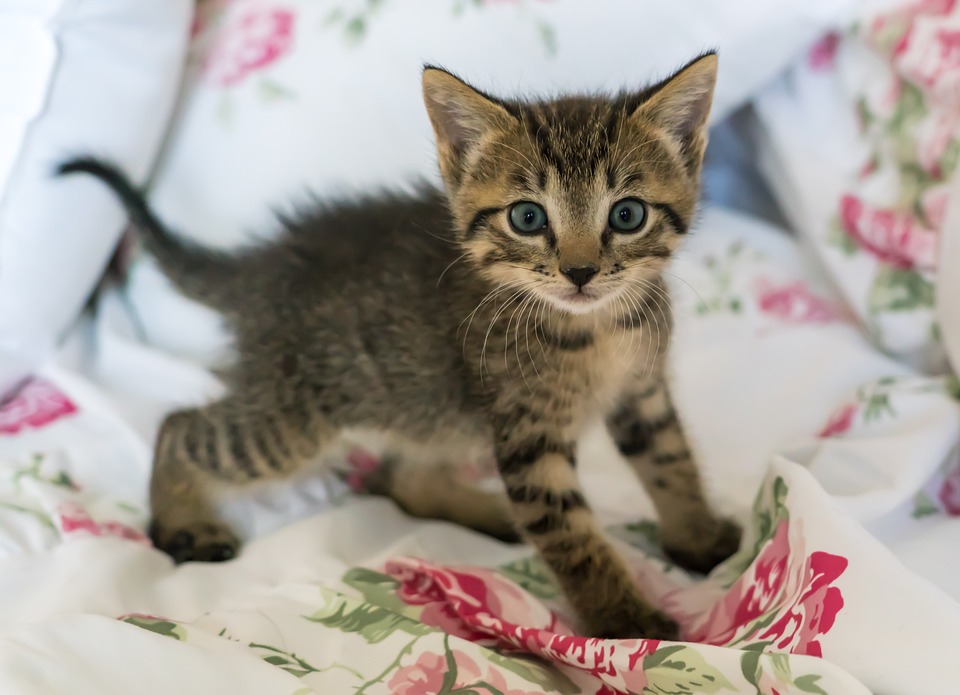Understanding your cat’s behavior is crucial for building a strong bond with your feline companion. One particular behavior that can often leave cat owners perplexed is tail thumping. While tail thumping may seem like a mysterious gesture, it is actually a key component of feline communication. By decoding your cat’s annoyance or irritation through their tail movements, you can better understand their emotions and respond accordingly.
Cats have a remarkable ability to communicate through various body language cues, and their tails play a significant role in this communication. When a cat thumps its tail, it is important to pay attention, as it can convey a range of emotions. By observing your cat’s tail movements and accompanying body language, you can gain valuable insights into their state of mind.
Rapid side-to-side tail thumping is a common behavior that indicates annoyance or anger. This movement is often observed when a cat feels bothered, provoked, or threatened. It is crucial to give your cat space and identify the source of their distress to prevent any potential escalation.
On the other hand, a slow tail thump held low to the ground typically signifies irritation or frustration. This behavior suggests that your cat is facing a hindrance, such as being unable to access a desired location or object. Identifying and resolving the underlying issue can help alleviate your cat’s annoyance and improve their overall well-being.
If your cat’s tail is held stiffly upright while thumping, it could indicate a heightened level of irritation or aggression. This behavior is often accompanied by other signs of aggression, such as flattened ears, dilated pupils, or bared teeth. It is crucial to approach with caution and avoid escalating the situation further.
To further enhance your understanding of tail thumping and feline behavior, let’s address some frequently asked questions:
1. Are all tail thumping behaviors signs of annoyance or irritation?
Not necessarily. Tail thumping can also indicate excitement or anticipation, especially if it is accompanied by a puffed-up tail or an overall playful demeanor. It is important to consider the context and accompanying body language before drawing conclusions.
2. How should I respond when my cat thumps its tail?
The best approach is to give your cat space and assess the situation. Identify any potential triggers or stressors that may be causing their annoyance. Avoid engaging in activities that may escalate their irritation and provide them with a calm environment until they settle down.
3. Can tail thumping be a warning sign before aggression?
Yes, tail thumping can serve as a warning sign that your cat is becoming more agitated and may resort to aggression if the situation is not resolved. It is important to respect their boundaries and avoid further provocation.
4. Can tail thumping be a sign of pain or discomfort?
While tail thumping is typically associated with annoyance or irritation, it is essential to consider other signs and symptoms that may indicate pain or discomfort. If you suspect your cat is in distress, it is recommended to consult with a veterinarian for a thorough examination.
In conclusion, understanding tail thumping is crucial for deciphering your cat’s annoyance or irritation. By paying attention to their tail movements and accompanying body language cues, you can better respond to your cat’s needs and ensure their well-being. Remember to always observe and respect your cat’s boundaries, providing them with a safe and enriching environment that fosters positive communication.








